Increased Focus on 5G Deployment
The transition to 5G technology is a major driver for the small cell-networks market in France. As telecommunications companies prepare for the rollout of 5G, the need for small cells becomes more pronounced. These networks are essential for providing the dense coverage and high capacity required for 5G services. With France's 5G rollout expected to reach over 50% of the population by 2026, the small cell-networks market is likely to see substantial growth. The integration of small cells into existing infrastructure will enable operators to enhance network performance and meet the increasing demands of consumers for faster and more reliable mobile services.
Growing Internet of Things (IoT) Applications
The proliferation of Internet of Things (IoT) devices is significantly impacting the small cell-networks market in France. As more devices become interconnected, the demand for robust and reliable network infrastructure increases. Small cells are particularly well-suited to support the diverse connectivity needs of IoT applications, ranging from smart homes to industrial automation. The small cell-networks market is poised to capitalize on this trend, as businesses and consumers alike seek solutions that can accommodate the growing number of connected devices. It is estimated that the number of IoT devices in France will exceed 100 million by 2025, further driving the need for enhanced network capabilities.
Rising Demand for Enhanced Mobile Connectivity
The small cell-networks market in France is experiencing a surge in demand for enhanced mobile connectivity. As urban areas become increasingly congested, the need for reliable and high-speed internet access intensifies. This demand is driven by the proliferation of smart devices and the growing reliance on mobile applications for daily activities. According to recent data, mobile data traffic in France is projected to increase by over 40% annually, necessitating the deployment of small cell networks to alleviate congestion in urban centers. The small cell-networks market is thus positioned to benefit from this trend, as operators seek to improve user experience and meet the expectations of consumers for seamless connectivity.
Supportive Government Policies and Initiatives
Government policies in France are playing a pivotal role in shaping the small cell-networks market. Initiatives aimed at enhancing digital infrastructure are being prioritized, with significant investments allocated to support the deployment of small cell technology. The French government has set ambitious targets for broadband coverage, aiming for 100% connectivity by 2025. This regulatory environment fosters innovation and encourages private sector investment in small cell networks. The small cell-networks market stands to gain from these supportive measures, as they facilitate the necessary framework for operators to expand their networks and improve service delivery across urban and rural areas.
Urban Infrastructure Development and Smart Cities
The development of urban infrastructure and the emergence of smart city initiatives are key factors influencing the small cell-networks market in France. As cities evolve to incorporate smart technologies, the demand for advanced communication networks becomes critical. Small cells play a vital role in supporting the infrastructure required for smart city applications, such as traffic management, public safety, and environmental monitoring. The small cell-networks market is likely to benefit from investments in urban development projects, as municipalities seek to enhance connectivity and improve the quality of life for residents. With an increasing number of cities in France adopting smart city frameworks, the potential for growth in this market segment appears promising.


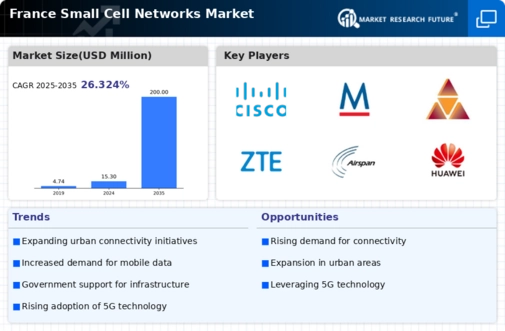
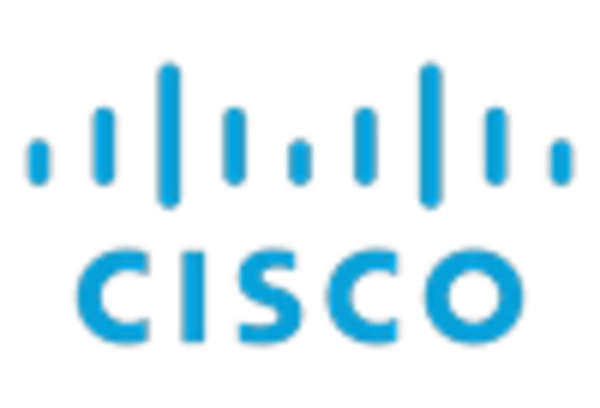
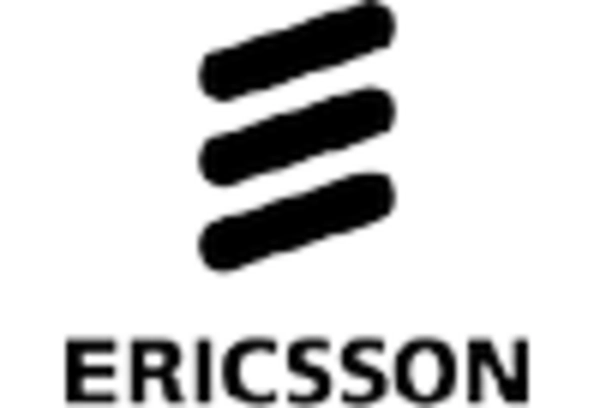
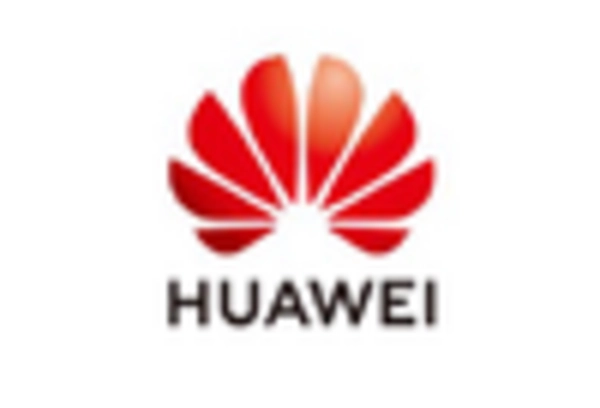

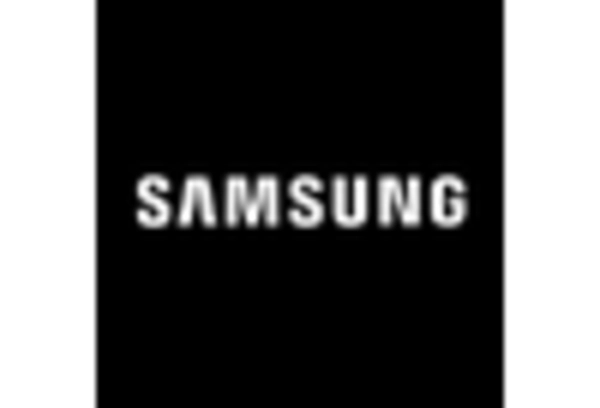
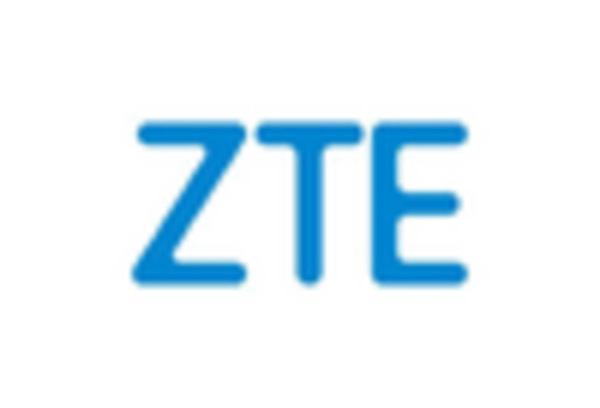








Leave a Comment